English Dub Season Review: The Elusive Samurai Season One
Based on the Japanese manga series written and illustrated by Yusei Matsui. (Assassination Classroom) The story is set in the year 1333 Set between the late Kamakura and early Muromachi periods, the story follows the tale of Toki/Tokiyuki Hojo, a young prince on the run after his family is overthrown by Ashikaga Takauji. Out of survival, Toki sets in motion his plan to reclaim his birthright. With his only allies being a shady priest and his followers, the young lord must seek revenge and regain his glory, with his only weapon: a superhuman ability to flee and hide.
On the technical side, this Anime adaptation was produced by CloverWorks and directed by Yuta Yamazaki, with scripts supervised by Yoriko Tomita, and character designs handled by Yasushi Nishiya. Yūsuke Kawakami serves as assistant director, and Gembi and Akiyuki Tateyama composed the music. The opening theme song is “Plan A”, performed by Dish, while the ending theme song is “Kamakura Style” performed by Botchi Boromaru.
The Elusive Samurai is a unique anime that carves out a distinct place in the genre by combining historical drama, borderline wacky humor, and intricate character development. Set in the feudal period in the year 1333, the show centers around Tokiyuki Hojo, a young boy who witnesses the destruction of his family and lineage. Betrayed by Ashikaga Takauji, Toki becomes one of the last remaining Hojo survivors and finds himself on a journey of survival and revenge. Rather than taking up the sword or other conventional weapons, Toki relies on his unmatched talent for escaping—an unexpected yet defining skill that sets the stage for an inventive twist on the classic revenge narrative.
Toki’s journey isn’t a typical story of vengeance where characters are overtaken by anger and bitterness. Instead, despite his tragic background, he retains much of his childlike spirit and wit, qualities that prevent him from falling into the trope of your cliche hardened, single-minded protagonist. Rather than acting out of pure hatred or inner turmoil, Toki combines his instinct for survival with a pragmatic approach to gather allies and build up strength. This approach allows him to develop emotionally and grow alongside the supporting cast, who, although less developed than Toki, bring their unique flair and quirks to the story’s charm. Their interactions range from humorous to solemn, reflecting the anime’s dual tone and highlighting how Toki’s innocence and determination affect those around him.
The anime’s most striking feature is its visual presentation. The artwork is reminiscent of classical Japanese paintings, capturing the essence of feudal Japan with vivid detail. Fight scenes are notably fluid, with dynamic lines and vibrant colors enhancing each battle’s intensity. The attention to aesthetic detail amplifies character abilities in visually stunning ways, such as Toki’s knack for evasion, symbolized by artistic representations like ethereal wings. The art captures both light and dark tones, often using shading to reflect the complex emotional undertones of each scene. Overall, this art style skillfully brings the world to life, blending historical authenticity with imaginative expression.
Music plays a crucial role in setting the anime’s tone, with an opening theme that captures the essence of Toki’s journey and a soundtrack that matches the changing moods of each scene. The background music is well-suited to the atmosphere, reinforcing both tension and levity where necessary. The ending theme shifts the mood, featuring glimpses of contemporary Kamakura, subtly tying past and present together and adding a sense of timelessness to the historical setting. CloverWorks’ attention to detail in both animation and music makes the viewing experience immersive and enjoyable, showcasing their talent for creating high-quality anime.
Overall, The Elusive Samurai is a captivating blend of history, humor, and character-driven storytelling. The anime’s choice to focus on an unorthodox hero with an ability centered around evasion rather than combat creates a refreshing twist on revenge. Its balance between humor and tragedy, combined with a distinctive visual style and an emotionally resonant soundtrack, makes this show an engaging watch for fans of historical adventure anime. With the recent announcement of a second season, I look forward to even more of Toki’s adventures and see how historically accurate it stays true to the original story this Anime is based on.

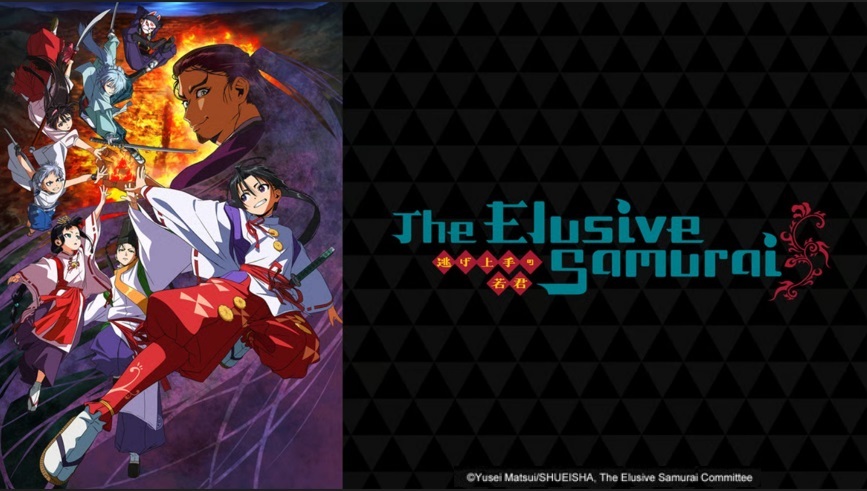
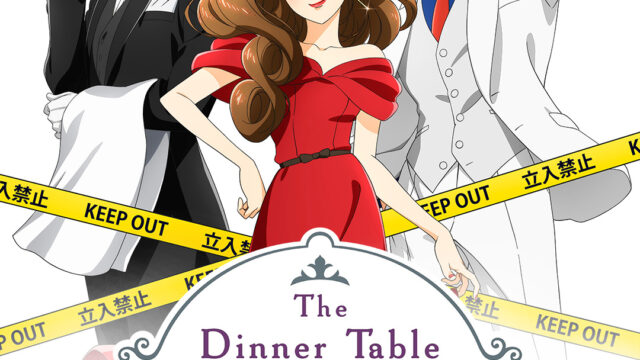
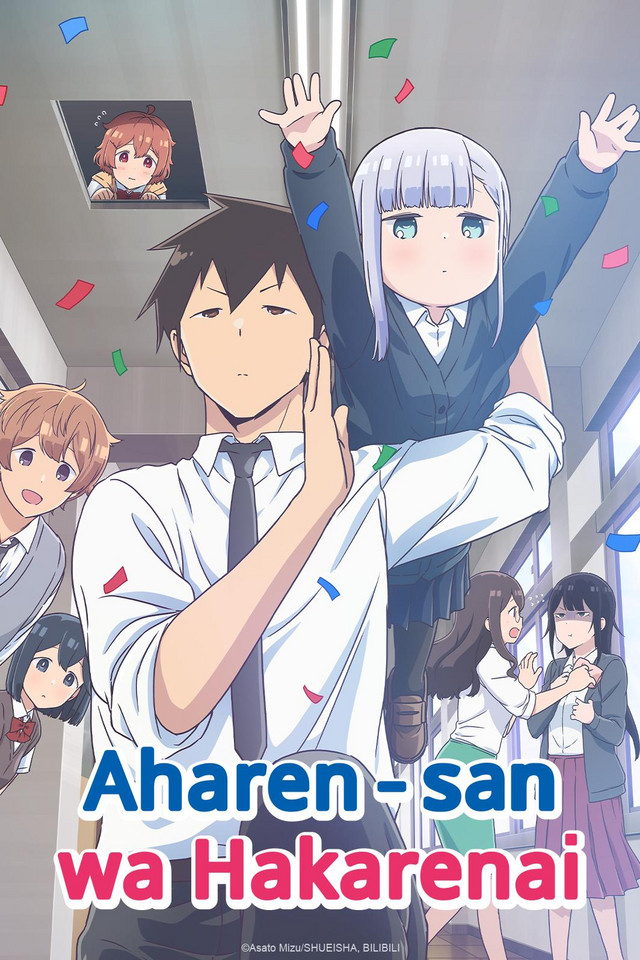
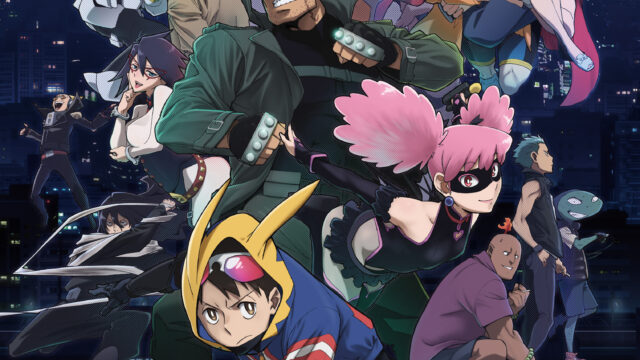





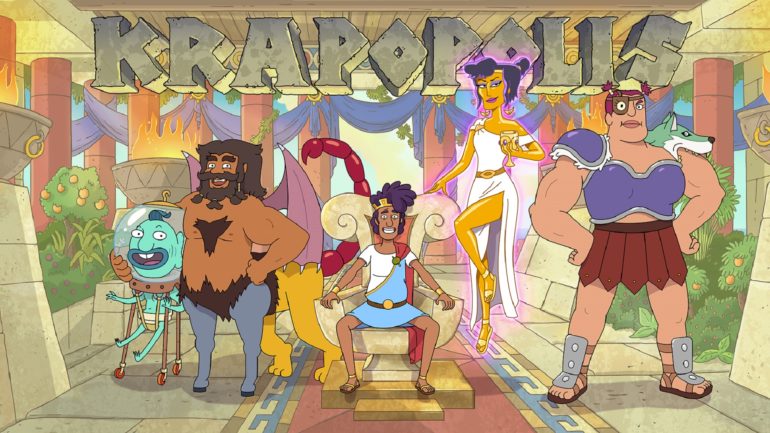











"There are also other characters that come and go (also owned by the Warner Bros. Discovery conglomerate media company)."
Huh. Is that just referring to other characters from the show itself, or is this implying that the new season is going to have cameos from other WBD IPs